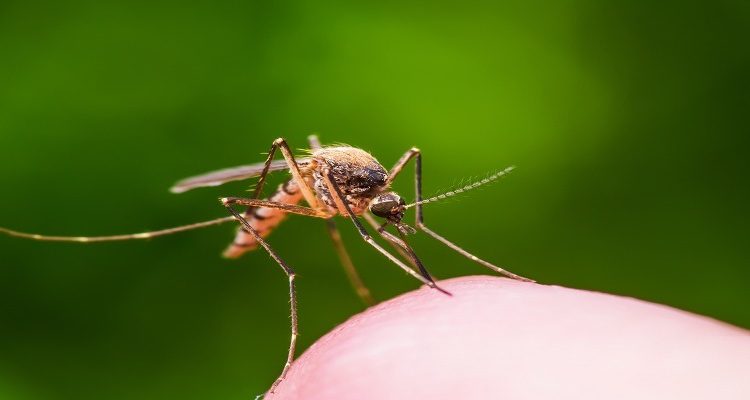Spike in Typhoid cases linked to prolonged monsoon
Typhoid claims increased by 37 per cent during the monsoon season from June to September FY25, according to Zuno General Insurance
Zuno General Insurance, previously Edelweiss General Insurance, a modern, digital-first insurer, reported a significant surge in typhoid and other vector-borne disease claims during the June to September monsoon season. The data showcases a 37 per cent increase in typhoid cases compared to last year, owing primarily to this year’s extended monsoon season. This increase in typhoid claims deviates from typical monsoon disease trends, in which viral infections predominate, reflecting shifting public health dynamics in impacted regions.
In addition to typhoid, the top five infectious diseases recorded this monsoon were acute gastroenteritis (AGE), viral fever, dengue, and pneumonia. These illnesses combined accounted for a 36 per cent increase in health claims over the previous year, with vector-borne illnesses accounting for 24 per cent of the increase.
Regional fluctuations in disease impact are also noticeable, with Maharashtra, Uttar Pradesh, and Gujarat reporting the most claims for these infectious diseases in FY25, a shift from FY24, when Maharashtra, Gujarat, and Haryana were the most affected.
The cost dynamics of treating these illnesses have also changed slightly, with per-day claim expenses for viral illnesses increasing by 2 per cent over the previous year. This rise in cost per claim is mostly due to the requirement for higher-grade medicines, which reflect the extensive treatment frequently required for viral infections during this time period. The average length of hospital stay for such patients was roughly 3.5 days, comparable with previous years, with claim amounts ranging from Rs 9,000 to a maximum of Rs 6.8 lakh.
Nitin Deo, Chief Technology Officer, Strategy, Zuno General Insurance, said, “The current increase in typhoid – which is spread through contaminated water or food – reflects a complex interplay of prolonged monsoon. Its impact was experienced majorly in cities like Palghar, Delhi, Mumbai, Ahmedabad and Delhi NCR. This rise in infections emphasises the importance of attention as environmental factors continue to influence healthcare outcomes.”
Similar to last year, maximum hospitalisation was seen among adults aged 31-45 years, making them the most affected demographic, with a 43 per cent increase in frequency compared to last year. This age group’s increased susceptibility reflects broader demographic trends, with the burden of vector-borne diseases being stable across gender, with a male-to-female claim distribution of 53:47.
As health trends witness constant developments, the organisation remains at the forefront, committed to leveraging data insights to improve its products and promote public health initiatives.
- Advertisement -


